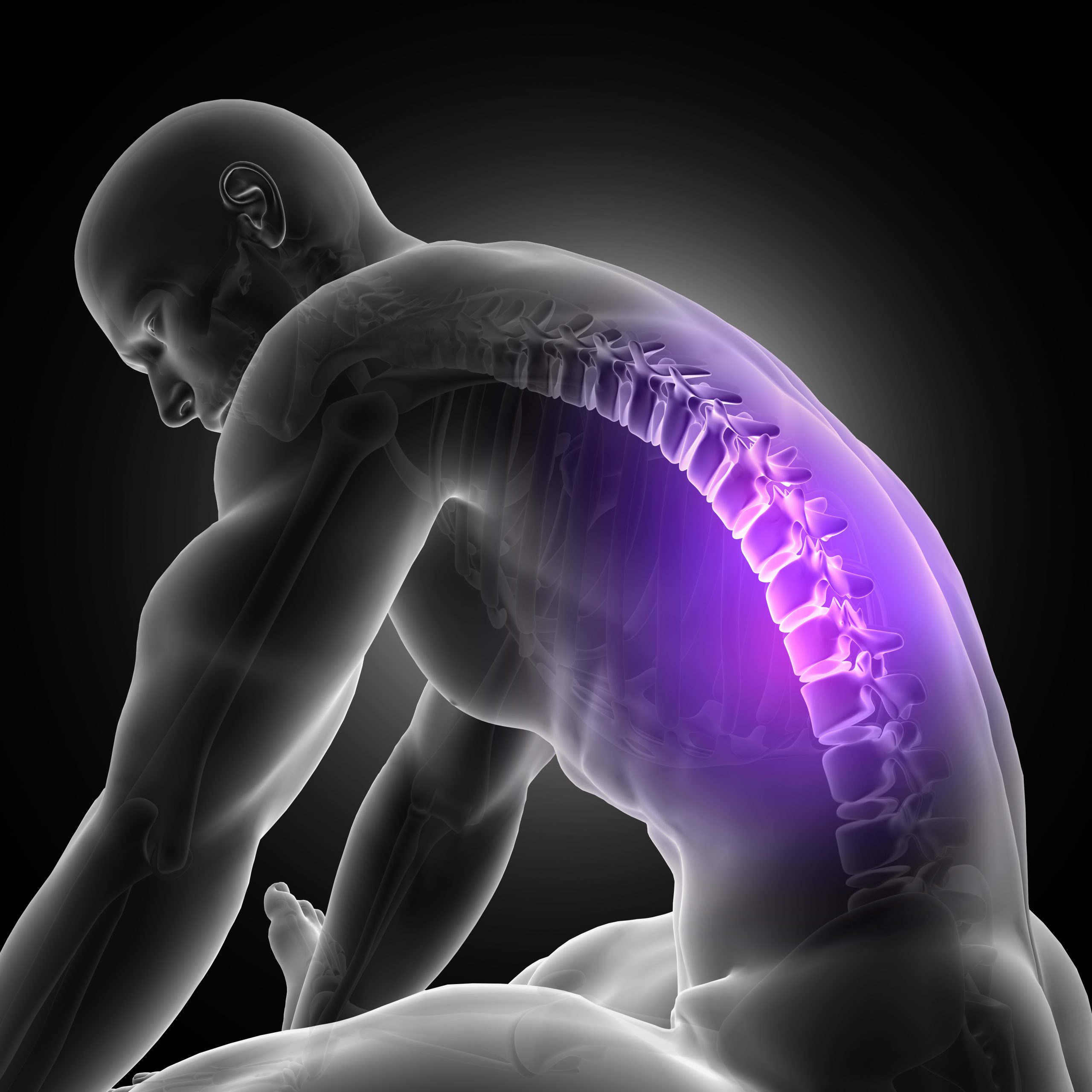Herniated discs are a prevalent source of back pain, often leading to significant discomfort and limitations in daily activities. A herniated disc occurs when the inner gel-like core of a spinal disc leaks out through a tear in the outer layer, which can press on nearby nerves. Physical therapy is a highly effective, non-invasive treatment option for managing herniated discs. At Spinal Recovery Center in Warren, Michigan, our team of skilled physical therapists provides personalized care to help alleviate pain and restore function. Here, we discuss various physical therapy techniques for treating herniated discs.
Understanding Herniated Discs
A herniated disc, also known as a slipped or ruptured disc, can cause a range of symptoms depending on its location and severity, including:
- Lower Back Pain: Often radiates to the buttocks, thighs, and calves.
- Neck Pain: Can radiate to the shoulders, arms, and hands.
- Numbness or Tingling: In the affected areas.
- Muscle Weakness: In muscles served by the affected nerves.
Physical Therapy Techniques for Herniated Discs
- McKenzie Method
The McKenzie Method involves specific exercises and postural changes designed to centralize pain from a herniated disc, moving it away from the extremities and towards the spine. This method helps reduce pain and improve spinal function.
How it works:
- Patients perform a series of exercises that extend the spine.
- Postural training helps maintain proper alignment and reduce disc pressure.
- Core Strengthening Exercises
Strengthening the core muscles provides better support for the spine, reducing the strain on the herniated disc and alleviating pain.
Exercises include:
- Planks: Holding the body in a straight line while balancing on the forearms and toes.
- Bridges: Lifting the hips off the floor while lying on the back, strengthening the lower back and glutes.
- Flexibility and Stretching Exercises
Improving flexibility helps reduce muscle tension and promotes better spinal alignment.
Common stretches:
- Hamstring Stretch: Stretching the back of the thigh can alleviate lower back pressure.
- Piriformis Stretch: Targets the piriformis muscle, which can compress the sciatic nerve if tight.
- Manual Therapy
Manual therapy techniques involve hands-on manipulation of the spine and surrounding tissues to reduce pain and improve mobility.
Techniques include:
- Spinal Mobilization: Gentle movements to improve spinal joint function.
- Soft Tissue Mobilization: Massage and manipulation to reduce muscle tension and improve blood flow.
- Traction Therapy
Spinal traction involves gently stretching the spine to relieve pressure on the herniated disc and surrounding nerves.
How it works:
- A specialized table or device is used to apply controlled traction to the spine.
- This technique helps create space between vertebrae, reducing disc compression.
- Functional Training
Functional training focuses on improving everyday movements and activities, reducing the risk of aggravating the herniated disc.
Training includes:
- Ergonomic Education: Teaching proper body mechanics for sitting, standing, and lifting.
- Activity Modification: Adjusting daily activities to minimize strain on the spine.
- Aerobic Conditioning
Aerobic exercises improve cardiovascular health and promote overall physical fitness, which can aid in the recovery process.
Recommended activities:
- Walking: Low-impact exercise that promotes blood flow and reduces stiffness.
- Swimming: Provides a full-body workout without putting stress on the spine.
- Heat and Cold Therapy
Applying heat or cold to the affected area can help manage pain and inflammation.
How to use:
- Cold Packs: Reduce inflammation and numb acute pain.
- Heat Therapy: Relaxes muscles and improves blood flow to the affected area.
- Electrical Stimulation
Electrical stimulation involves using electrical currents to reduce pain and promote muscle function.
Types include:
- TENS (Transcutaneous Electrical Nerve Stimulation): Blocks pain signals and stimulates endorphin release.
- EMS (Electrical Muscle Stimulation): Strengthens muscles and improves endurance.
- Postural Training
Improving posture is crucial in managing and preventing herniated disc pain.
Training includes:
- Postural Exercises: Strengthening the muscles that support proper alignment.
- Ergonomic Adjustments: Modifying workspaces and daily routines to support healthy posture.
Why Choose Spinal Recovery Center for Physical Therapy?
At Spinal Recovery Center in Warren, Michigan, our experienced physical therapists specialize in treating herniated discs and other spinal conditions. We provide personalized treatment plans tailored to each patient’s specific needs, utilizing state-of-the-art techniques and equipment. Our goal is to help you achieve lasting pain relief, improved function, and a better quality of life.
For more information or to schedule a consultation, visit our website or call us directly. Let us help you on your journey to recovery with expert physical therapy care.




